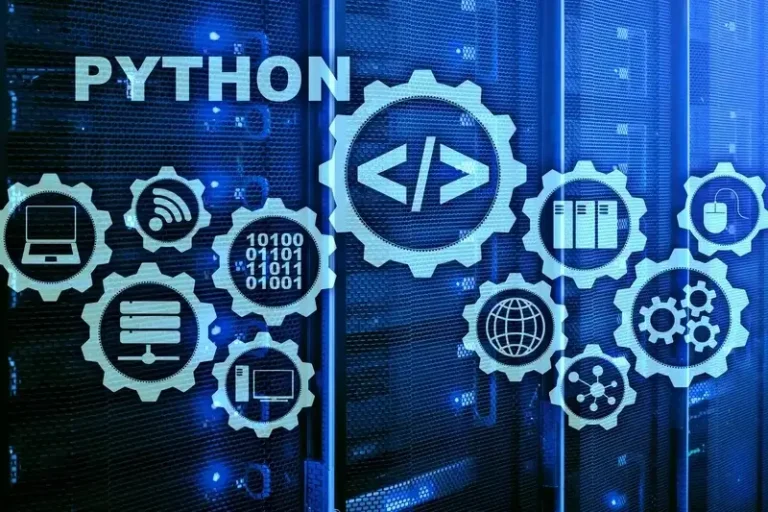Users would also have the choice blockchain identity management companies to maintain their knowledge hidden and shielded from firms or governments. These identities could probably be created independent of nation-states, corporations, or world organizations. At current, we retailer our most dear identification info on centralized authorities databases supported by legacy software operate with numerous single factors of failure. Large, centralized methods containing the personally identifiable information (PII) of tens of millions of user accounts are extremely interesting to hackers. A recent examine exhibits that personally identifiable info is essentially the most targeted knowledge for breaches, comprising 97% of all breaches in 2018. Despite regulatory laws and enterprise efforts to increase cybersecurity, 2.eight billion client information information were exposed at an estimated value of more than $654 billion in 2018.
Digital Identification Verification Advantages
- The wallet has advanced privacy features such as Selective Disclosure, which is possible if an organization points the credential with the “Dock BBS+” characteristic.
- The concept of trusted digital identification could be traced again to the broader concept of “digital identity,” which itself has been around since the early days of the web.
- When implementing processes within the digital world, it’s critical to secure the entire digital world.
- High income international locations such as the US and the UK have adopted decentralised digital ID techniques, with some such as the UK and Germany having beforehand avoided centralised digital ID.
It confirms the individuals with digital identities exist, authenticates they’re who they are saying they’re, and investigates their reputation to help stop fraud, mitigate danger and ensure compliance. Digital and real life identities come to a crossroads with Notarize’s online notarization platform. Consumers in want of an online notarization (a confirmation of their actual life identity) must first verify themselves using their digital identification. For example, we use dynamic knowledge-based authentication (questions like “Which of those streets have you ever NEVER lived on?) and database-driven data to confirm a person’s identity before they’ll get a doc notarized. Your digital id is usually composed of personal data and authentication credentials, similar to usernames and passwords or biometric knowledge, used to confirm your id online.
Proof Welcomes Eric Fleischman As Cto To Help Build The Id Layer For The Web
Internet of Things (IoT) units straddle the hardware/software divide, requiring digital identities to communicate securely with different edge devices and the net cloud platforms that gather and process their data. In the case of the protection of minors, we’ve to suppose about the complicated dimension of addressing a population that we’re going to exclude with our solution, which can in fact arouse their need to bypass our device. In this case, it’s rather on the societal degree that acceptability ought to be thought-about and encouraged.
Issues For The Trendy Organization
Digital identity verification is the process of confirming that an individual, organization, or device is who they claim to be on-line. It often entails checking different pieces of data, such as usernames, passwords, or biometric information (like fingerprints or facial recognition), to ensure they match the actual person or entity. This helps to stop fraud, protect private data, and guarantee safe online transactions. As on-line companies proliferated and considerations about privacy, security, and identification theft grew, the need for a more strong and reliable digital identity system became evident.
Would Individuals Use One Safe Digital Identity To Access Online Services?

Digital ID is a key basis and catalyst for each of those components, from accessing public services and healthcare, to receiving government payments, and even utilizing on-line services and products from the private sector. Without ID, individuals can be excluded from public providers, the digital economic system, and even wider society. The intersection of legal identification with know-how has raised many considerations. There are fears of surveillance by states as they acquire extra granular knowledge on individuals. Where data design and collection is flawed, sections of residents (most often marginalised groups) are excluded from databases and consequential companies. If not designed carefully, digital ID programmes can create databases that will easily abrogate a citizen’s rights to informational privacy and autonomy.
Meet Barbara Battersby, A Belief Trailblazer In On-line Notarization

To protect their privacy and private information while interacting with others, many individuals use nicknames for his or her profiles. Ideally, the ecosystem has open and standardized interfaces, has coordinated governance, doesn’t keep bureaucratic, inhibiting rules, and allows practical, automatable updating of digital identification information. Germans presently use primarily identification strategies supplied by the private sector, corresponding to Google, Apple, or Facebook accounts – which could be created with two clicks. Already today, a verifier acts as a 3rd party who receives and collects information and has the required technical authorized foundation to guard the person the data belongs to.

If the expertise is secure and convenient, they’re extra more likely to do it again. Failure to comply with KYC laws can result in fines in addition to financial and reputational injury if criminals achieve entry to accounts. The first method includes checking a person’s id data – name, tackle, cellphone quantity, birthdate – against information sources such as electoral information, credit bureaus and census data. This article will discuss precisely what makes up a digital identification and digital ID, how they work, and why it is such an necessary part of responsible digitization.
They have a fragmented on-line identification expertise and unknowingly lose the value that their information generates. Companies holding their data are subjected to frequent hacks, which forces a lifetime of fraud mitigation for the end-user. Once a social safety quantity is issued and lost, there might be little to no recourse. A digital ID is crucial for secure online interactions, protecting your digital property, and guaranteeing belief in digital transactions.
Too many organisations are failing to put digital identity at the centre of their business model and operations and, by this omission, are likely to miss out on the complete benefits of accountable digitalisation. From a recipe feed for foodies to a pet photograph share, let your customers bring their persona into your digital workplace with channels designed for extracurricular networking. With @mentioning, #hashtags, commenting and following, your staff can use inuative social capabilities to trade ideas and interact with colleagues in a method that feels genuine and genuine. Digital identification verification allows companies to enter markets around the world while satisfying compliance and fraud prevention necessities. Lower upfront prices may be tempting, however optimized, holistic identification verification services can convey more worth.
Some workers are authorized to enter at any time, while others might unlock internal or external doors only during business hours. Only security workers can log into the cloud hub to view delicate information, corresponding to video footage or entry logs. In terms of requirements, OAuth, which stands for Open Authorization, is an industry-standard protocol for authorization—granting access to information, web sites, or purposes. In distinction, OpenID, for Open Identifier, is a decentralized authentication protocol that allows entities to use a single set of credentials.
